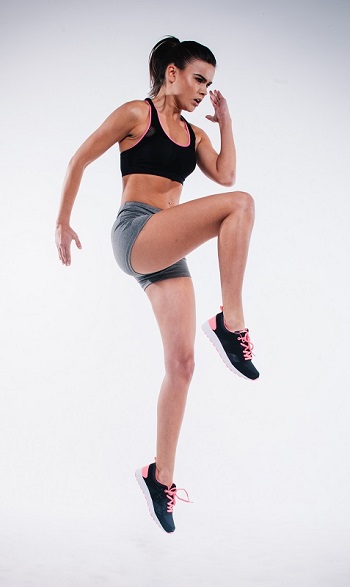As we all get back to some kind of normality, getting fit may be high up on your agenda. If running is your thing, here’s some advice from the experts on how to do it right.
Running is a great way to get out and see the world, get some fresh air and stay fit. However, the downside to running is that it is high impact on the joints. With every stride the entire force of your body is placed on just one knee, which can have an adverse effect over time.
Ensure you have the right shoes
If you’re going out running, don’t underestimate the importance of having the right shoe. Selecting the right running shoes is essential to not only getting the most out of being on the road but also to help reduce the risk of injury. We all run in different ways, i.e. does your ankle turn in or does it turn out? There are shoes to help manage this and varying levels of padding and even insoles. Stores should analyse your running style before showing you which shoes are suitable.
Have a clear training plan
Now you have decided to start running, you need a plan. It’s important to set an end goal to work towards, perhaps taking part in a 5K event? There are numerous training plans online which can help you break down the challenge over a period of time, so do your research before you start. If you take it easy and gradually build up to the required distance without overdoing it, you will minimise the potential for injury.
Seriously, don’t overdo it
This is really where the training plan comes in, so stick to it. There will be some days when you think you can double your distance and whilst that may seem tempting it might have an adverse effect on you the following day, so take it easy. An injury can be extremely painful and leave you out of action for some time. Once you’re back to full fitness you’re effectively starting the programme all over again. Remember the tortoise and the hare?
Make sure that you rest
Following exercise, your body needs time to recover so you can do it again. Even the professionals have a rest and it’s the same for you, especially when you’re just starting. The training plan should have rest days factored in.
Know when to stop
If you feel a pain (something unnatural) then don’t push through as this could lead to further injury. If you sprain your ankle and keep running on it then you could damage the ligaments further, resulting in a longer spell on the sidelines, some physio and maybe even surgery to correct it. If you stop straight away then a sprain can take just a couple of days to fully recover from. When starting any new form of exercise, it’s important to know your limits and ensure that what you are doing is not bad for your health. If you ever have any doubts then you should speak with a medical professional.
These tips were provided by Össur Webshop, an injury management specialist that offers a range of orthotic solutions for many types of injuries, including fitness injuries.
www.ossurwebshop.co.uk


